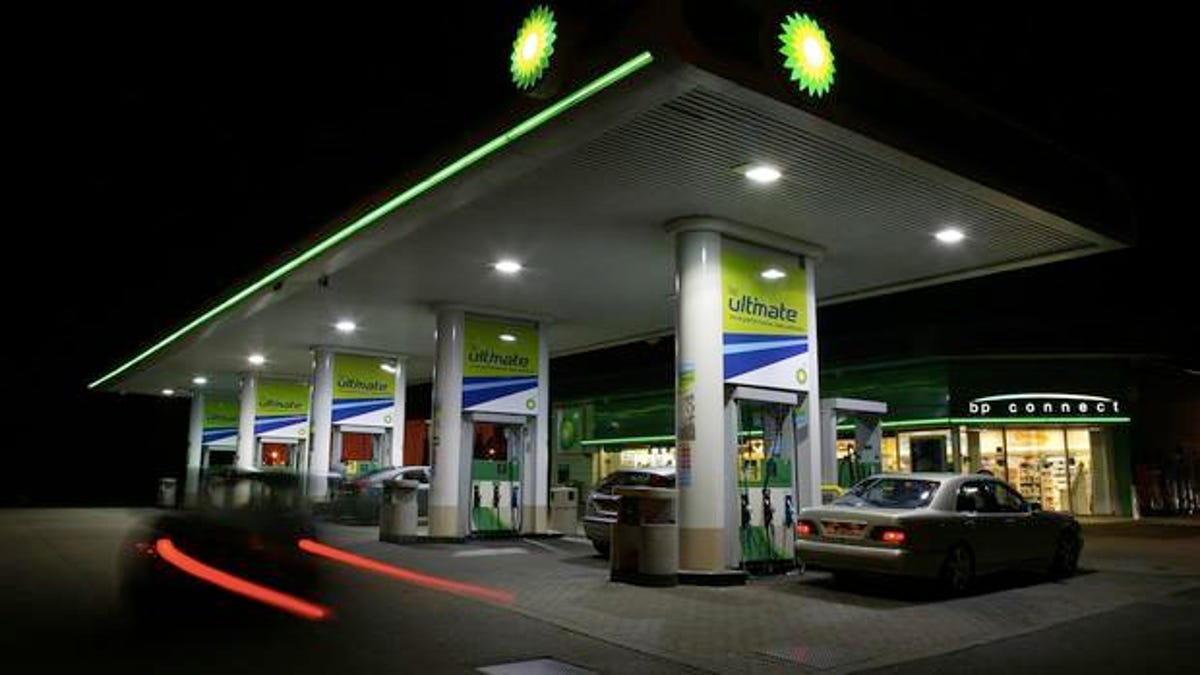February sees new-car average fuel economy holding steady
Cheaper gas prices are likely to blame for keeping the average on the low side compared to previous years.

New car buyers aren't looking at fuel efficiency like they used to.
It'll be interesting to see what happens when gas prices head back upward again.
Every month, researchers at the University of Michigan's Transportation Research Institute (UMTRI) track the average fuel economy of vehicles sold in the previous month. The information for February 2016 is now out, and it's exactly the same as it was in January, which is still lower than it was last summer.
The researchers, Michael Sivak and Brandon Schoettle, rely on the EPA fuel-economy data and sales figures to create what they call the "sales-weighted fuel-economy rating of purchased new vehicles." February 2016's rating is 25.2 mpg, which is the same as January's, and also the same as it was last February.
While the average has been more or less on the rise since this rating began in October 2007, we've seen a fair bit of drop-off since August 2014, when the number peaked at 25.8 mpg. December 2015 was the lowest-average month since January 2014, dropping under 25.0 mpg. Cheap gas has since spurred buyers to splurge on larger, thirstier vehicles, likely contributing to this fuel-economy stagnation.
We've been on a bit of downward trend since late 2014, but as gas prices slowly begin to creep upward again, and as the government discusses levying additional gas taxes during times of low prices to contribute to infrastructure improvement, it will be interesting to see if the average once again creeps upward as each fill-up requires a bit more coin than before.

